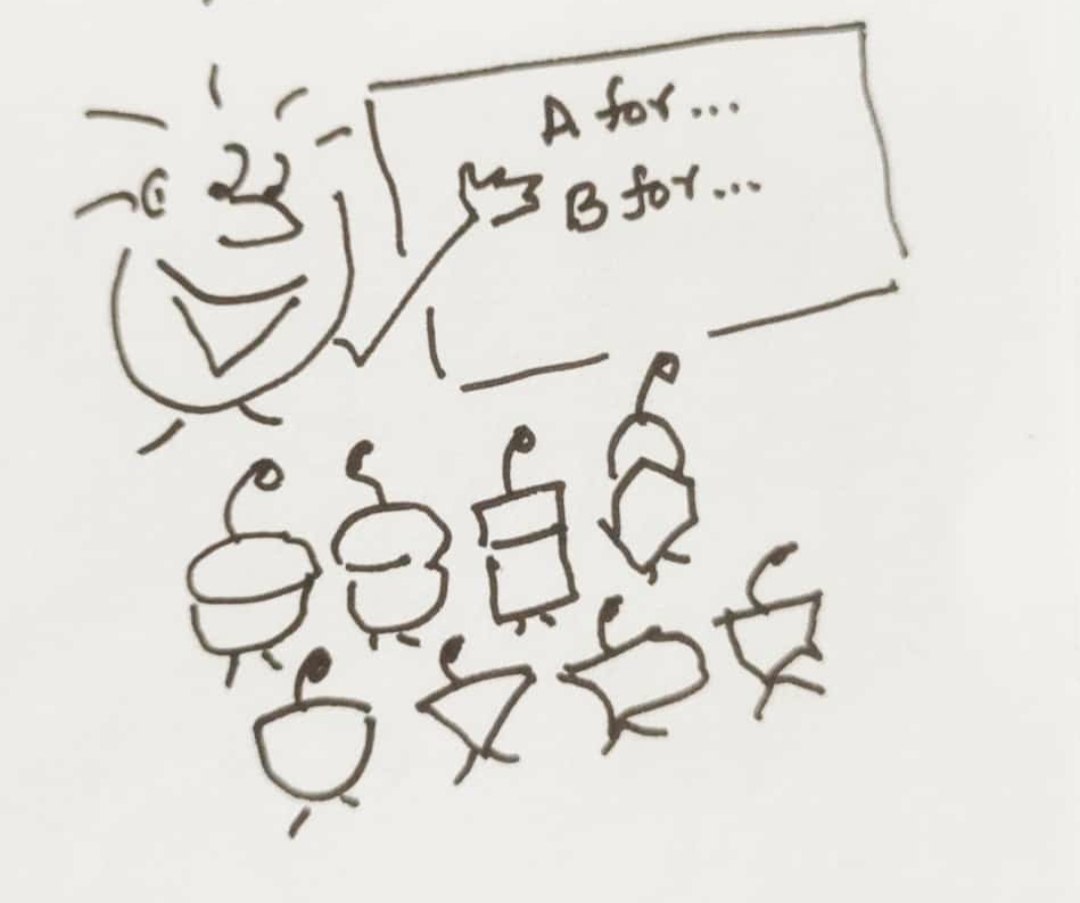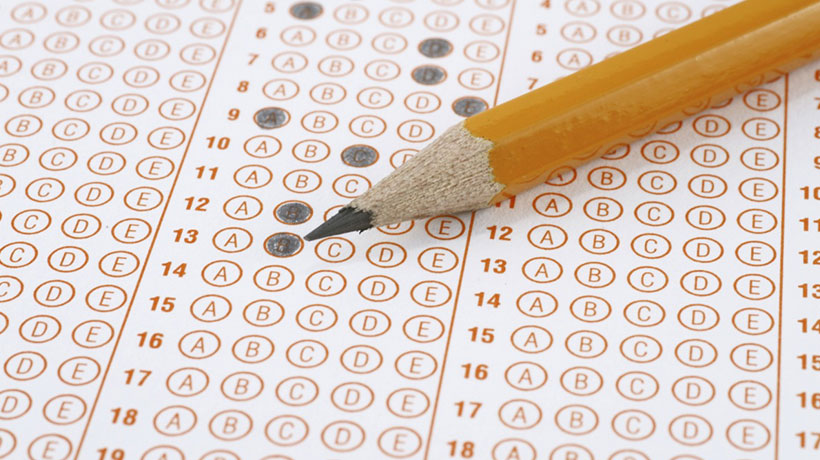Trending Now
- “If Edappadi Palaniswami permits, a thousand young members from the Virudhunagar district AIADMK are prepared to take up arms and engage in battle under my command.” – Former AIADMK Minister Rajendra Balaji
- “India is ready to deal with any counter-attack by Pakistan” – Wing Commander Vyomika Singh
- Central govt orders extension of CBI Director Praveen Sood’s tenure for another year
Education
Schools, parents and technology have vital role in critical thinking
![]() November 29, 2018
November 29, 2018
Critical thinking is to stretch beyond what one thought to be a right point through constant challenges and re-challenges to help continue the thought process.
Education is evolving through effective ways to improve learning which demands awareness, understanding and work with the thought processes. Classrooms are becoming student-centric where pupils think critically about their own learning. This is perhaps required and in line with Gladwell 10,000-hour-rule to achieving expertise in any skill.
People read, write and talk and that involves thinking. So, let us try to differentiate this from critical thinking. As rightly put by HR expert Syeda Meraj Fatima, “Critical thinking is impromptu and out of box unlike reading where thinking is driven by the author or the content, for example.”
According to seasoned educationist Nancy Sanderson Swartz, head of Sreenidhi International School, “Thinking in general happens in symbolic form in the mind, not in language; whereas critical thinking is connection of different thought processes in the brain, which makes the synapses fire between the brain’s logical left side and creative right side. When our synapses fire, this creates new connections, understandings and thoughts.”
Sumalini, Principal of Silicon City Academy of Secondary Education, says, “Critical thinking has no boundaries with no right and wrong answer. It allows perspectives to flow in.”
To make synapses to flow, critical thinking and problem-solving have to go hand in hand. Problem-based learning is applicable to any subject. This includes asking right questions and developing a plan to come out with solutions through experimentation or investigation or mathematical models or combination. Several approaches help in higher order of thinking. This is just opposite to memorisation where thinking is limited to regurgitation.
Various ways to bring critical thinking gets into classroom. Reem, academic In-charge of VIP International School, Hyderabad, says, ‘Critical thinking and problem solving and effective when students work in groups.”
Swartz says, ‘IB starts with student inquiry to focus student learning on topics of interest where the role of the teacher becomes that of facilitator with responsibility to question students to further their investigation and, through critical thinking, to consider different aspects of the topic. This approach isn’t in practice in all the schools.”
Srilakshmi Reddy, Founder and Director, Keystone, believes that to introduce skills among students in the classroom, teachers need to demonstrate them. Any skill needs to get integrated in the timetable. Unfortunately schools are run by timetable. Sumalini feels several approaches to kindle curious minds are the way to critical thinking and problem-solving.
This is through inquire and strategies used by the teachers who often question the students on the ways to accomplish the task; the source of information to accomplish and applications and reasons of choosing the task. Through this, the student can be challenged to go beyond his or her thinking. Approaches evolve because of observations, experience and process.
Do parents have a role in help in critical thinking skills? According to Swartz, “Don’t hire tutors to teach the child at home – that’s the responsibility of the school. Tutor’s and school’s approaches could be entirely different and often will confuse the learning in young minds. The best thing parents can do is to use the Socratic method to ask how, who, why and what their child learned or experienced at school that day.”
Srilakshmi thinks parents can bring the skills out through tasks like planning budget for groceries or fixing a tap. Sumalini believes parents can keep the curious mind alive by not just inquiring on today’s learning in the classroom but asking the undiscovered and explore with the child. For example, the child expresses different voices of animals learnt in the classroom. Parents could ask questions like, do you know there is animal that does not make noise. Let us explore it together.
Does social media numb or help in critical thinking skills? Sumalini believes that technology is a useful master but dangerous servant. Early year training on usage of computers or tabs through evaluation of the impact with required filters is the way to work with young minds.
The message is out and clear that kids can expand their minds and solve their problems with tools and people. This way they will be exposed to the world. Such exposure will encourage them to create their own thoughts and voice their views. As a parent or teacher or society, they can learn to appreciate and show interest in them. In a way each one of us helps them and in turn help ourselves to make a better future for them.
























